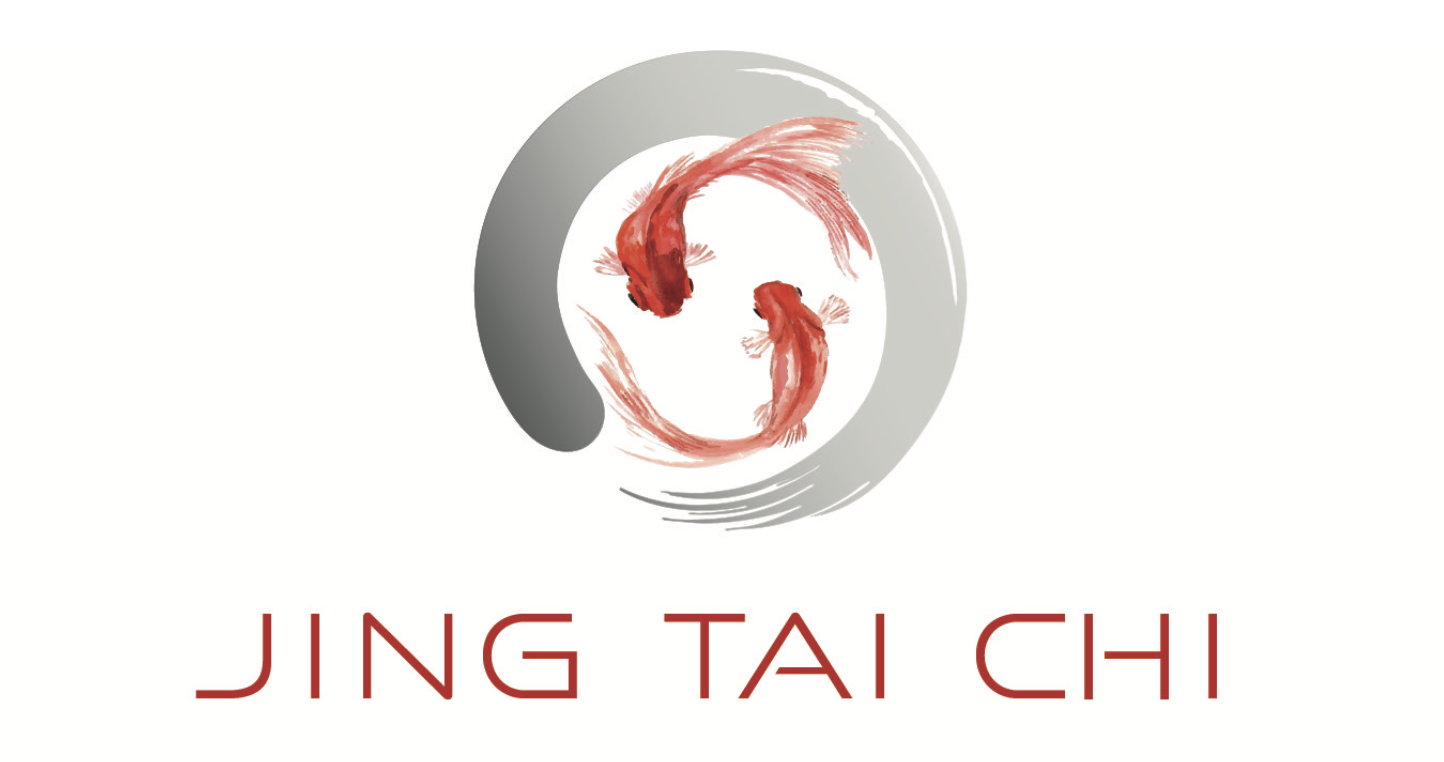Tai Chi Relaxation Level I
Tài Jí Sōng Shēn Jiǔ Shì
太极松身九式
Nine Movements (Level I)
with Teacher Li Jing
A 10-Class Series
Prerecorded. Learn at your own pace.
This course is a prerequisite for Tai Chi Relaxation Level ll —
A live, online class with Teacher Jing, October 2024.
Learn directly from Teacher Jing.
This practice contains nine meditative movements. The first eight are moving meditations, the last one is a non-moving, sitting meditation.
Movements are very easy to learn. Each one is synchronized with a specific acupuncture point in the Ren or Du meridians.
Extremely popular in China, this training will soon be available online and in various countries.
Join Teacher Jing to learn the beautiful movements of Tai Chi Relaxation.
Stay tuned for information about online and in-person training with Teacher Jing.
The Nine Movements:
Bǎi huì nà qì (Bǎi huì receives qì)
Tán zhōng qì kāi hé (Tán zhōng qì opens, unites)
Zhōng wǎn hū xī (Zhōng wǎn breathing)
Guān yuán liàn qì (Guān yuán refine qì)
Cháng qiáng dǎo qì (Cháng qiáng guiding qì)
Dà zhuī zài qì (Dà zhuī drives qì)
Shén què hé qì (Navel harmonizes qi)
Zhì yáng shùn qì (Zhì yáng lets qì go through)
Mìng mén nourish qì (Sitting Meditation)
Restore balance, harmonize your qi, find inner peace.
Prerequisites: none
About Tai Chi Relaxation
Seven Unique Features:
Enriched learning: Tai Chi Yin-Yang aspects = Completion | Fullness. Moving meditation is comparable to the Yang aspect, and non-moving meditation is comparable to Yin. You can apply Tai Chi Yin-Yang aspects not only to this practice but also to your daily life.
Relaxation activates your potential ability: In the class, you will learn how to relax your body and your mind to experience Qi energy.
Physical and emotional functions: Each meditative movement of Tai Chi Relaxation follows Yin-Yang philosophy and TCM theory to help remove blockages and reduce negative emotions.
I know vs. I feel: Often we say “oh, I know, I know”, but in reality, we cannot do or feel what we thought we knew. What we know and what we do often are two different things. Chinese philosopher Wang Yang-Ming (1472-1529) emphasized zhi xing he yi, or the unity of knowledge and action. That is the specialty of our training!
Choice of position: You can practice Tai Chi Relaxation while standing, sitting or lying down.
Wide ranges of age: This practice is suitable for any age practitioner, from 3 to 130 years old!
Can be practiced anywhere – Indoors or outdoors, you only need 2 square meters to do the entire practice. Remember, nature is not only outside, but also inside. Set your body free and find nature wherever you are.
Goals:
To promote balanced emotions
To improve health
To bring inner fulfillment toward a more meaningful life
Q&A:
Are there any prerequisites?
No. Tai Qi Relaxation consists of simple movements and is appropriate for everyone, any age from 2 to 102!
What if I’ve already learned other forms of Tai Chi? Can I benefit from Tai Chi Relaxation?
Absolutely! In this practice, students learn to go beyond the simple physical movements and feel the qi. If you can already feel the qi, Tai Chi Relaxation will direct your focus and deepen your practice.
Can I practice if I have an injury?
It depends on the level of the injury. Tai Chi Relaxation is deeply healing and may be quite beneficial. It may be possible to modify the movements to suit your needs. Please contact us with your specific situation so we can advise you.
Learn to move like wind, like clouds. When you move with ease, your qi flows. You feel yourself stepping out of chaos and into an orderly flow. Your heart becomes calm and your mind becomes clear.
— Teacher Jing



